DON'T SWEAT THE TEST! Having a problem with math? Nervous about your test? This book introduces all the topics you need to know about addition and subtraction. Learn great test-taking tips for solving multiple choice, short-answer, and show-your-work questions. A great book for students to use on their own, or with parents, teachers, or tutors.
"This book is a must read for anyone who is having trouble with addition or subtraction. It's a great review for standardized test preparation, too."
Patricia Leonard, MS, Series Math Consultant
Middle School Math Professional
Need More Practice?
FREE WORKSHEETS AVAILABLE AT ENSLOW.COM
About The Author
AUTHOR REBECCA WINGARD-NELSON has worked in public, private, and home-school mathematics education. She has been involved in various educational math projects, including developing and writing state assessment tests, exit exams, and proficiency tests, as well as writing and editing textbooks and workbooks.

Most of the topics that are found on math tests are taught in the classroom.
Paying attention in class, taking good notes, and keeping up with your homework are the best ways to be prepared for tests. Use test preparation materials, such as flash cards and timed worksheets, to practice your basic math skills. Take practice tests. They show the kinds of items that will be on the actual test. They can show you what areas you understand, and what areas you need more practice in. Relax.
Eat a good meal. Go to bed early enough to get a good nights sleep. Dont cram on new material! Review the material you know is going to be on the test. Get what you need ready. Sharpen your pencils, and set out things like erasers, a calculator, and any extra materials, like books, protractors, tissues, or cough drops. Get up early enough to eat breakfast and not have to hurry.
Wear something that is comfortable and makes you feel good. Listen to your favorite music. Get to school and class on time. Stay calm. Stay positive. Before you begin, take a deep breath.
Focus on the test, not the people or things around you. Remind yourself to do your best and not worry about what you do not know. Work through the entire test, but dont spend too much time on any one problem. Dont rush, but move quickly, answering all of the questions you can do easily. Go back a second time and answer the questions that take more time. Read each question completely.
Read all the answer choices. Eliminate answers that are obviously wrong. Read word
problems carefully, and decide what the problem is asking. Check each answer to make sure it is reasonable. Estimate numbers to see if your answer makes sense. Concentrate on the test.
Stay focused. If your attention starts to wander, take a short break. Breathe. Relax. Refocus. Dont get upset if you cant answer a question.
Mark it, then come back to it later. When you finish, look back over the entire test. Are all of the questions answered? Check as many problems as you can. Look at your calculations and make sure you have the same answer on the blank as you do on your worksheet. Three common types of test problems are covered in this book: Multiple Choice, Show Your Work, and Explain Your Answer. Tips on how to solve each, as well as common errors to avoid, are also presented.
Knowing what to expect on a test and what is expected of you will have you ready to ace every math test you take.
addend: The number that is being added.sum: The answer in an addition problem.Stephanie played 4 video games before dinner. Later that night, she played 3 more video games. How many video games did Stephanie play in all?Step 1: One way to add is to using counting. Start with the first number.
Step 2: Stephanie played 3 more video games.
Step 2: Stephanie played 3 more video games.
Start with 4, then count up 3 more. 4, 5, 6, 7 Stephanie played 7 video games in all.
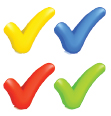 What is the sum of 6 and 2?
What is the sum of 6 and 2?
A sum is a total, or the answer to an addition problem.
Add 6 and 2. You can add by counting up 2 more from 6.
You could also use a drawing or use items, such as your fingers, to add. Draw 6 and 2.
 Solution:
Solution: The correct answer is d.
Multiple choice questions give you a set of answers.
Multiple choice questions give you a set of answers.
You choose which of the given answers is correct.Addition is the basis of all of the other operations.
Subtraction is the opposite of addition.
Multiplication is repeated addition.
Division is repeated subtraction.What are the addition facts up to 5 for 3s?Step 1: The problem is asking you to show all the addition facts that add 3 and 0, 1, 2, 3, 4, and 5. Write each problem.  Step 2: Find the sum for each addition fact.
Step 2: Find the sum for each addition fact.  Memorize the addition facts for the numbers 0 to 10. Knowing the facts will make test taking fast and easy.Some problems ask a question and ask you to explain your answer. Others just ask for an explanation.
Memorize the addition facts for the numbers 0 to 10. Knowing the facts will make test taking fast and easy.Some problems ask a question and ask you to explain your answer. Others just ask for an explanation.
Your score is based on both a correct response and how clearly you explain your reasoning.
 Chris made a stash of 7 snowballs to throw at his brother. While he hid behind a tree and waited, he made 3 more. How many snowballs did Chris make? How did you decide?Solution:
Chris made a stash of 7 snowballs to throw at his brother. While he hid behind a tree and waited, he made 3 more. How many snowballs did Chris make? How did you decide?Solution: This problem starts with some snowballs, then more are added. Start with the number Chris made first. Add the number he made while hiding. 7 + 3 = 10 Chris made 10 snowballs.
Problems that use words like increase, more, sum, or combined may be addition problems. Addition problems take two or more values and combine them.
Add 12 + 32Step 1: Adding numbers that have more than one digit is done using place value. Line up the numbers in a column by their place value.
 Step 2:
Step 2: Add each place value from right to left.
 Step 3:
Step 3: Add the tens.

12 + 32 = 44
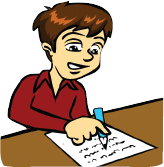 Dr.
Dr.  12 + 32 = 44
12 + 32 = 44
 Dr.
Dr.

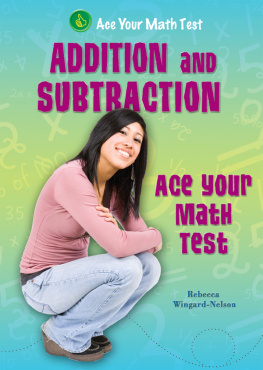
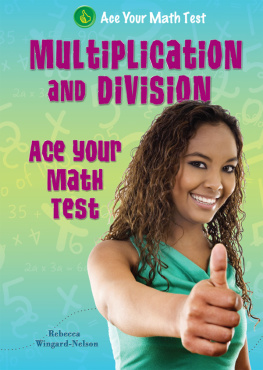
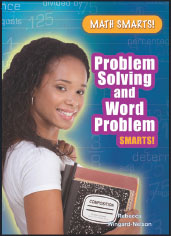
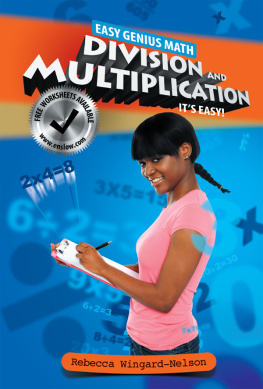

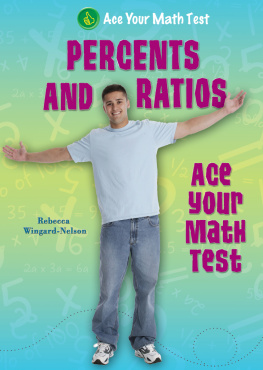
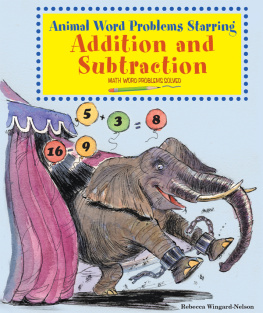
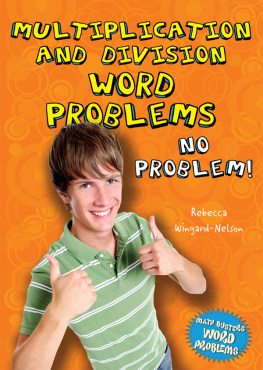
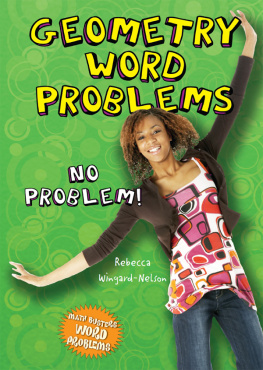
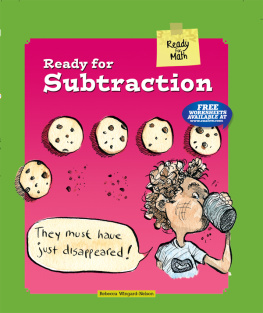
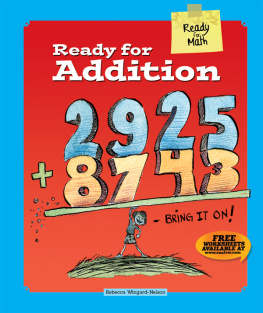
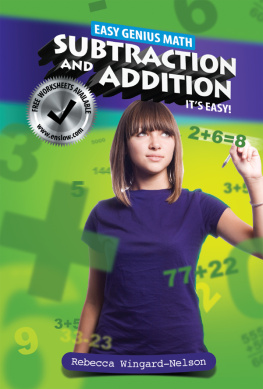
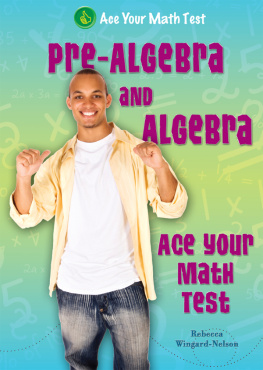
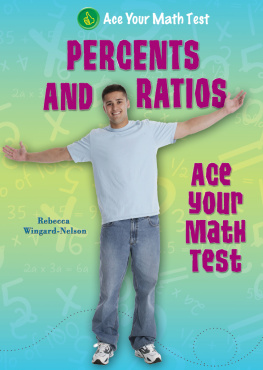
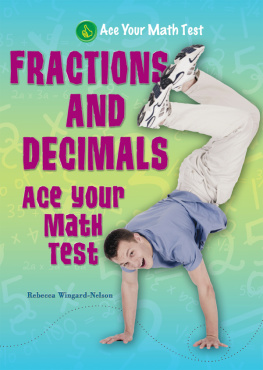
 Most of the topics that are found on math tests are taught in the classroom.
Most of the topics that are found on math tests are taught in the classroom.  What is the sum of 6 and 2?
What is the sum of 6 and 2? A sum is a total, or the answer to an addition problem.
A sum is a total, or the answer to an addition problem. Solution: The correct answer is d.
Solution: The correct answer is d.  Step 2: Find the sum for each addition fact.
Step 2: Find the sum for each addition fact.  Memorize the addition facts for the numbers 0 to 10. Knowing the facts will make test taking fast and easy.Some problems ask a question and ask you to explain your answer. Others just ask for an explanation.
Memorize the addition facts for the numbers 0 to 10. Knowing the facts will make test taking fast and easy.Some problems ask a question and ask you to explain your answer. Others just ask for an explanation. Chris made a stash of 7 snowballs to throw at his brother. While he hid behind a tree and waited, he made 3 more. How many snowballs did Chris make? How did you decide?Solution: This problem starts with some snowballs, then more are added. Start with the number Chris made first. Add the number he made while hiding. 7 + 3 = 10 Chris made 10 snowballs.
Chris made a stash of 7 snowballs to throw at his brother. While he hid behind a tree and waited, he made 3 more. How many snowballs did Chris make? How did you decide?Solution: This problem starts with some snowballs, then more are added. Start with the number Chris made first. Add the number he made while hiding. 7 + 3 = 10 Chris made 10 snowballs.  Step 2: Add each place value from right to left.
Step 2: Add each place value from right to left.  Step 3: Add the tens.
Step 3: Add the tens.  12 + 32 = 44
12 + 32 = 44  Dr.
Dr.